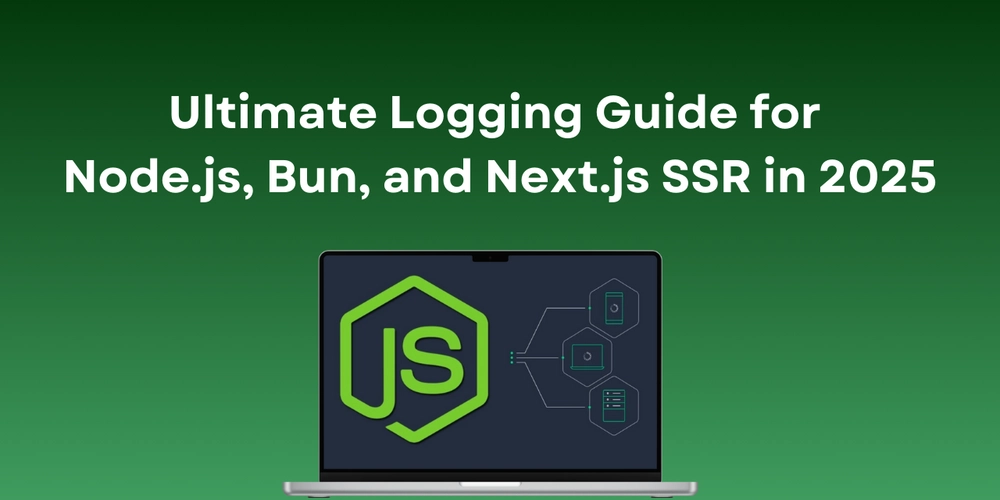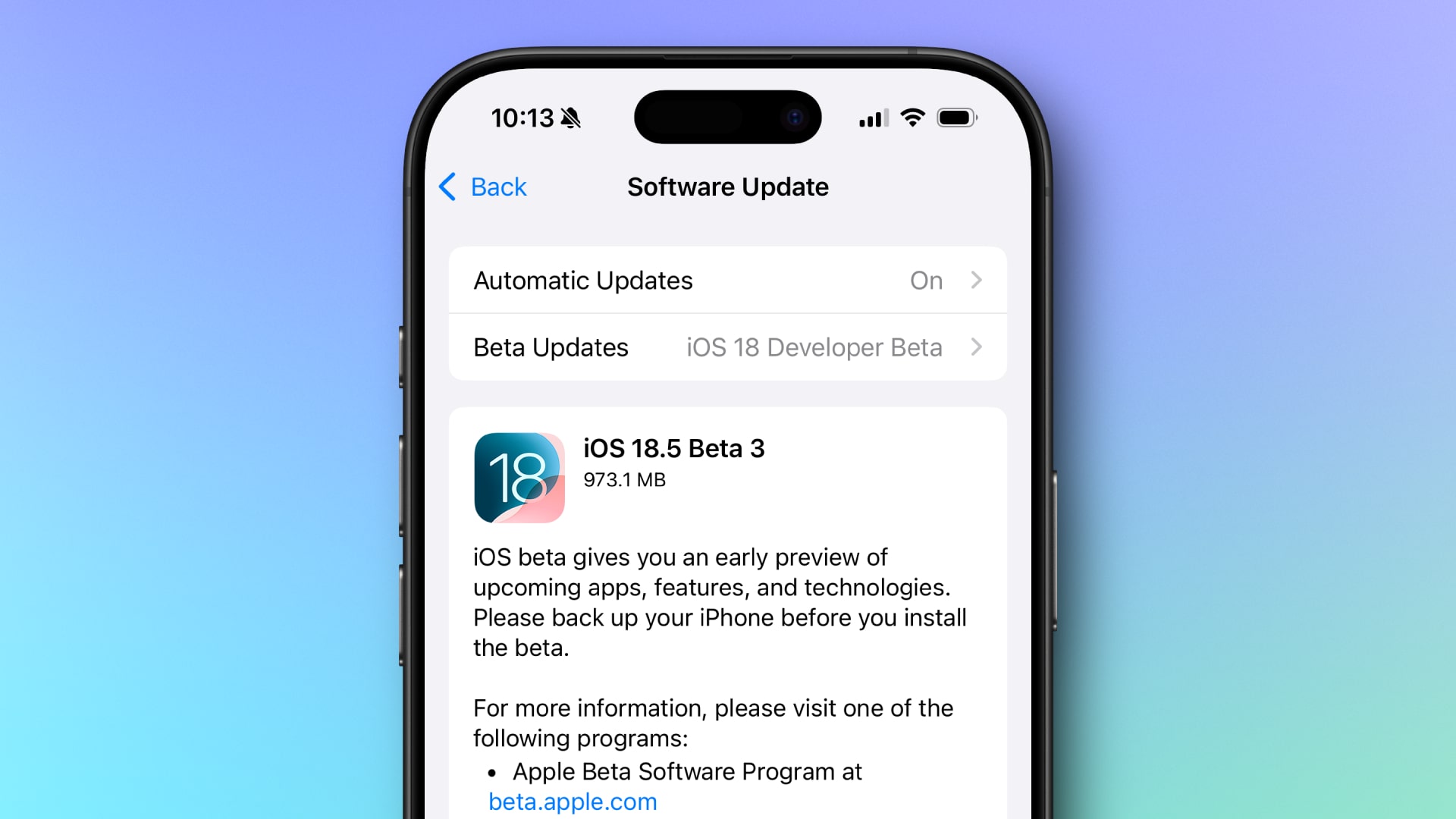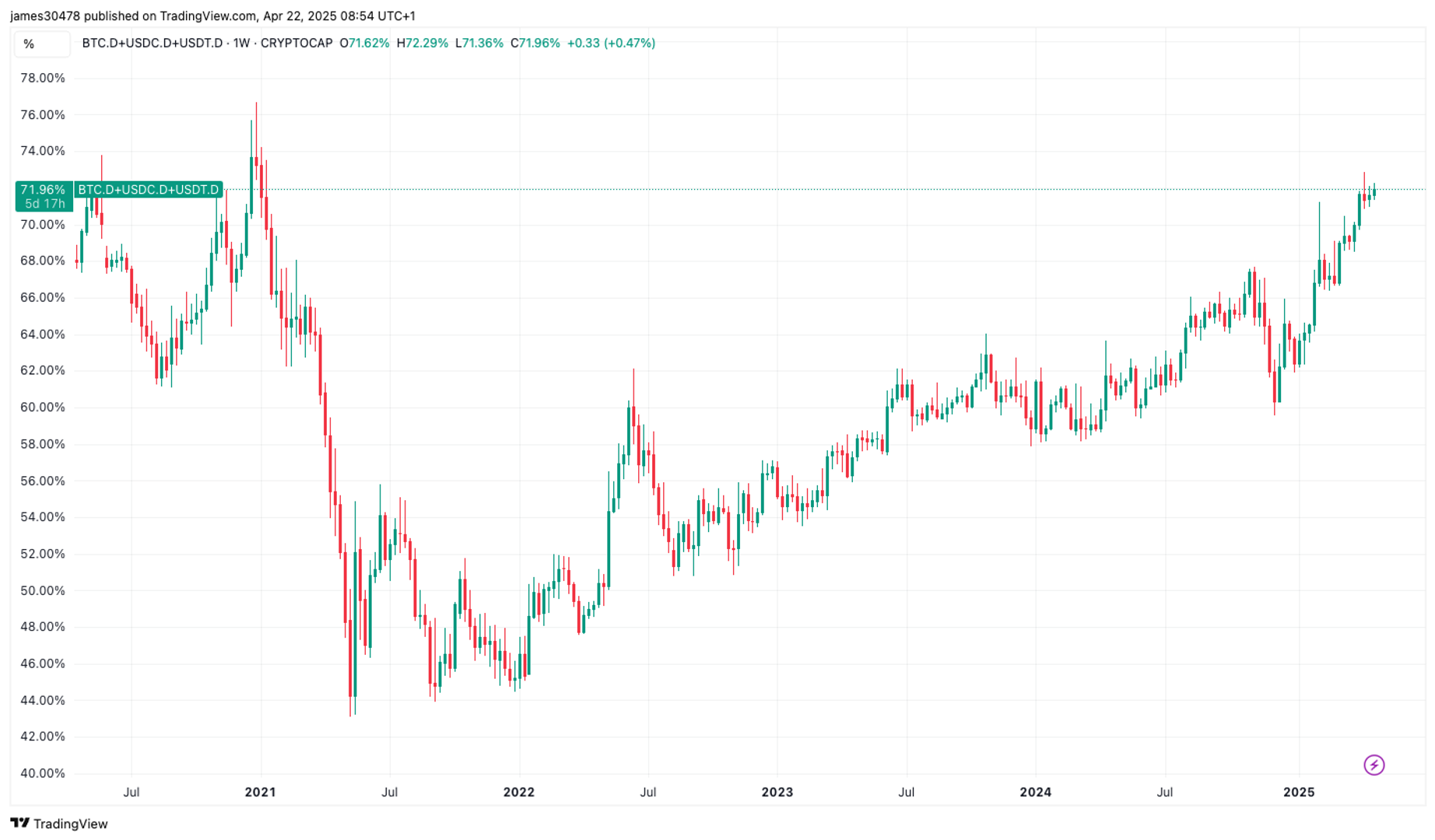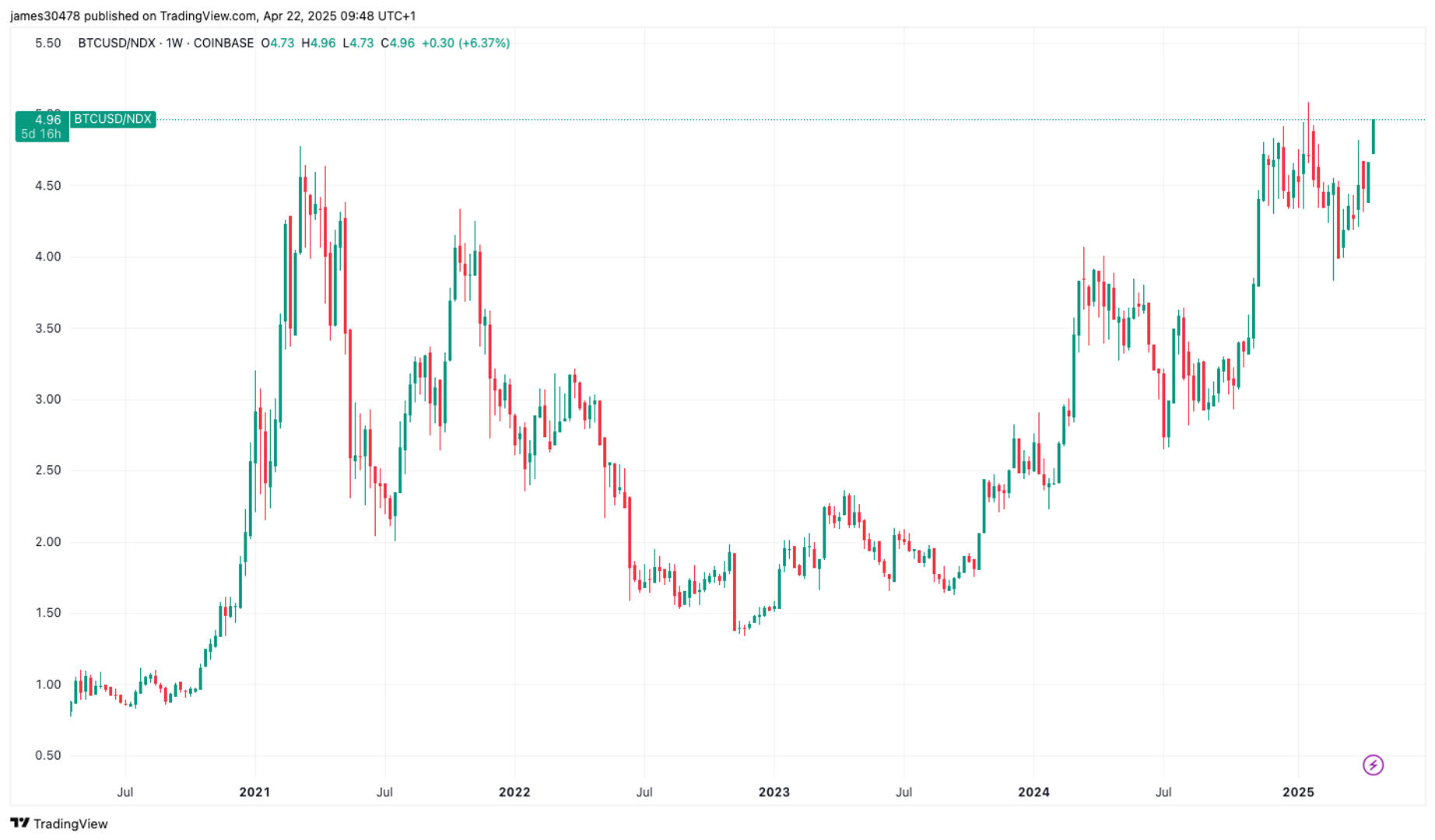What Is Drupal's Views Module in 2025?
Drupal has long been a powerhouse content management system (CMS) favored by developers for its flexibility and scalability. One of its most powerful features is the Views module, which, as of 2025, remains an essential tool for developers aiming to create dynamic and flexible displays of content. Whether you're looking to list blog posts, create custom search pages, or build complex data-driven applications, the Views module is instrumental. In this article, we explore what makes this module indispensable, especially in 2025, and how it remains at the core of many Drupal sites' functionalities. What is the Drupal Views Module? The Views module in Drupal is a user interface that allows you to display content from the database in various formats. It provides a way to fetch data and display it in lists, tables, galleries, or any other format one can imagine. By using the Views UI, developers can build custom queries and tailor how information is shown to users, all without the need to write a single line of code. Key Features of the Views Module Flexibility and Control: The Views module gives you complete control over the data presentation. You can filter, sort, and even create relationships between different content types to show data specific to your needs. Displays: Views allow creating multiple displays for a single view, such as a page view and a block view, each with its unique settings. Format Options: Choose from a variety of built-in format options like tables, grids, and lists, or use third-party plug-ins to further extend your display types. Query Capabilities: Customize which fields of a content type are displayed and define conditions for displaying data using exposed filters. Integration: Effortlessly integrates with other modules like Panels, Page Manager, and Context for increased functionality. What's New in 2025? While the core functionality of the Views module remains the same, 2025 has seen updates and enhancements focusing on the integration with new Drupal features and technology trends: Performance Improvements: Enhancements aimed at reducing load times and optimizing complex data queries for even better performance. Enhanced REST API Integration: With the growing need for headless CMS capabilities, Views now better integrates with Drupal's RESTful services, supporting complex API-first strategies. Updated User Experience: A more intuitive UI makes creating and managing views easier than ever, with guided tutorials and real-time previews of your content displays. Getting Started with the Views Module For anyone looking to leverage the full potential of the Views module in 2025, here are some steps to get started: Installation: Ensure that you have the Views module enabled, as it is included in Drupal core starting from version 8. Create a View: Navigate to "Structure" > "Views" and create a new view. Select a content type to display, configure filters and sorting options according to your needs. Customize Your View: Use the interface to add fields, set display formats, and define access permissions to control who can view the content. Embedding the View: Embed your views on a page or a block by enabling the corresponding settings in the Views UI. For further details on configuring roles in Drupal and managing user permissions effectively, consider reading configuring drupal roles. Understanding permissions is crucial in ensuring that your views are accessible to the right audience. Additionally, if you need to generate a sitemap in Drupal, which often includes URLs generated by Views, check out the drupal sitemap guide. Lastly, if your project requires more advanced functionalities such as creating custom RESTful endpoints, resources such as drupal 9 custom rest method can provide valuable insights. Conclusion The Drupal Views module continues to be a cornerstone of the Drupal ecosystem, empowering developers with tools to transform data into engaging user experiences. As technology advances and requirements change, the module evolves to meet modern needs, ensuring that Drupal remains a top choice for developers worldwide. Whether you're a seasoned Drupal expert or just starting, mastering Views opens up endless possibilities for your web projects in 2025 and beyond. This article is optimized for search engines by including relevant keywords related to Drupal's Views module and links to other informative articles that discuss related Drupal topics. The links provided guide readers to further resources, enhancing the content's value and encouraging deeper engagement.

Drupal has long been a powerhouse content management system (CMS) favored by developers for its flexibility and scalability. One of its most powerful features is the Views module, which, as of 2025, remains an essential tool for developers aiming to create dynamic and flexible displays of content. Whether you're looking to list blog posts, create custom search pages, or build complex data-driven applications, the Views module is instrumental. In this article, we explore what makes this module indispensable, especially in 2025, and how it remains at the core of many Drupal sites' functionalities.
What is the Drupal Views Module?
The Views module in Drupal is a user interface that allows you to display content from the database in various formats. It provides a way to fetch data and display it in lists, tables, galleries, or any other format one can imagine. By using the Views UI, developers can build custom queries and tailor how information is shown to users, all without the need to write a single line of code.
Key Features of the Views Module
Flexibility and Control: The Views module gives you complete control over the data presentation. You can filter, sort, and even create relationships between different content types to show data specific to your needs.
Displays: Views allow creating multiple displays for a single view, such as a page view and a block view, each with its unique settings.
Format Options: Choose from a variety of built-in format options like tables, grids, and lists, or use third-party plug-ins to further extend your display types.
Query Capabilities: Customize which fields of a content type are displayed and define conditions for displaying data using exposed filters.
Integration: Effortlessly integrates with other modules like Panels, Page Manager, and Context for increased functionality.
What's New in 2025?
While the core functionality of the Views module remains the same, 2025 has seen updates and enhancements focusing on the integration with new Drupal features and technology trends:
Performance Improvements: Enhancements aimed at reducing load times and optimizing complex data queries for even better performance.
Enhanced REST API Integration: With the growing need for headless CMS capabilities, Views now better integrates with Drupal's RESTful services, supporting complex API-first strategies.
Updated User Experience: A more intuitive UI makes creating and managing views easier than ever, with guided tutorials and real-time previews of your content displays.
Getting Started with the Views Module
For anyone looking to leverage the full potential of the Views module in 2025, here are some steps to get started:
Installation: Ensure that you have the Views module enabled, as it is included in Drupal core starting from version 8.
Create a View: Navigate to "Structure" > "Views" and create a new view. Select a content type to display, configure filters and sorting options according to your needs.
Customize Your View: Use the interface to add fields, set display formats, and define access permissions to control who can view the content.
Embedding the View: Embed your views on a page or a block by enabling the corresponding settings in the Views UI.
For further details on configuring roles in Drupal and managing user permissions effectively, consider reading configuring drupal roles. Understanding permissions is crucial in ensuring that your views are accessible to the right audience.
Additionally, if you need to generate a sitemap in Drupal, which often includes URLs generated by Views, check out the drupal sitemap guide.
Lastly, if your project requires more advanced functionalities such as creating custom RESTful endpoints, resources such as drupal 9 custom rest method can provide valuable insights.
Conclusion
The Drupal Views module continues to be a cornerstone of the Drupal ecosystem, empowering developers with tools to transform data into engaging user experiences. As technology advances and requirements change, the module evolves to meet modern needs, ensuring that Drupal remains a top choice for developers worldwide. Whether you're a seasoned Drupal expert or just starting, mastering Views opens up endless possibilities for your web projects in 2025 and beyond.
This article is optimized for search engines by including relevant keywords related to Drupal's Views module and links to other informative articles that discuss related Drupal topics. The links provided guide readers to further resources, enhancing the content's value and encouraging deeper engagement.












































































































































































![[The AI Show Episode 144]: ChatGPT’s New Memory, Shopify CEO’s Leaked “AI First” Memo, Google Cloud Next Releases, o3 and o4-mini Coming Soon & Llama 4’s Rocky Launch](https://www.marketingaiinstitute.com/hubfs/ep%20144%20cover.png)


































































































































![From fast food worker to cybersecurity engineer with Tae'lur Alexis [Podcast #169]](https://cdn.hashnode.com/res/hashnode/image/upload/v1745242807605/8a6cf71c-144f-4c91-9532-62d7c92c0f65.png?#)























![BPMN-procesmodellering [closed]](https://i.sstatic.net/l7l8q49F.png)





















































































.jpg?#)
.jpg?#)



































.webp?#)





























































































![CarPlay app with web browser for streaming video hits App Store [U]](https://i0.wp.com/9to5mac.com/wp-content/uploads/sites/6/2024/11/carplay-apple.jpeg?resize=1200%2C628&quality=82&strip=all&ssl=1)



![What’s new in Android’s April 2025 Google System Updates [U: 4/21]](https://i0.wp.com/9to5google.com/wp-content/uploads/sites/4/2025/01/google-play-services-3.jpg?resize=1200%2C628&quality=82&strip=all&ssl=1)











![Apple Releases iOS 18.5 Beta 3 and iPadOS 18.5 Beta 3 [Download]](https://www.iclarified.com/images/news/97076/97076/97076-640.jpg)
![Apple Seeds visionOS 2.5 Beta 3 to Developers [Download]](https://www.iclarified.com/images/news/97077/97077/97077-640.jpg)
![Apple Seeds tvOS 18.5 Beta 3 to Developers [Download]](https://www.iclarified.com/images/news/97078/97078/97078-640.jpg)
![Apple Seeds watchOS 11.5 Beta 3 to Developers [Download]](https://www.iclarified.com/images/news/97079/97079/97079-640.jpg)





























































































































